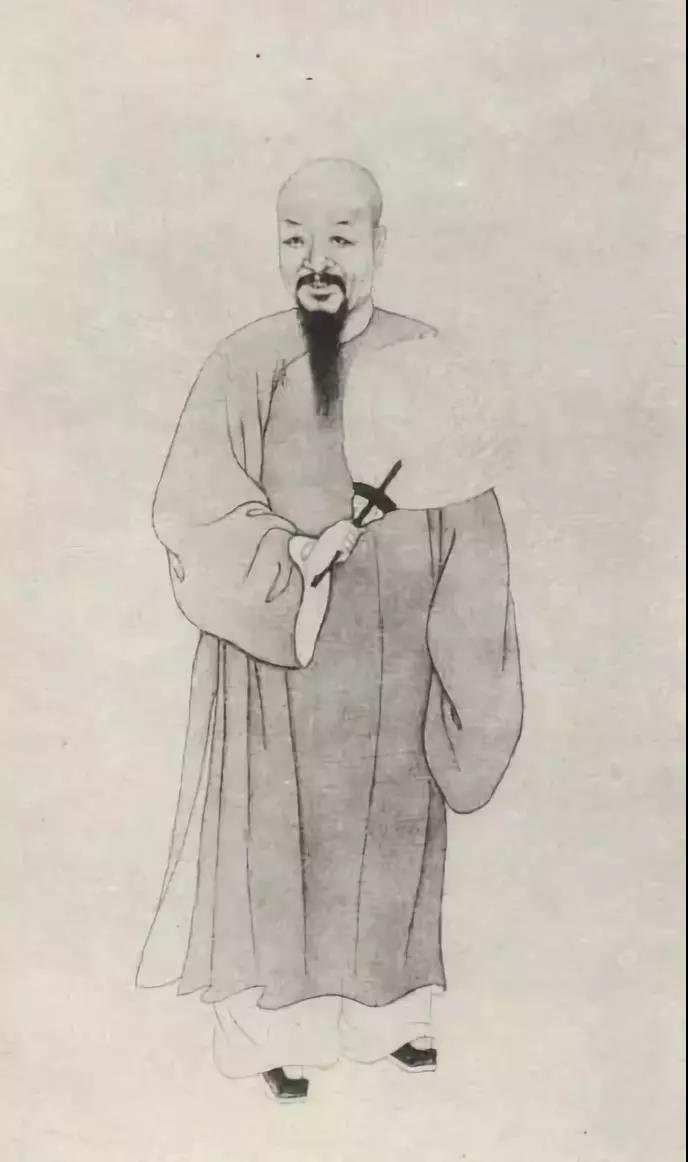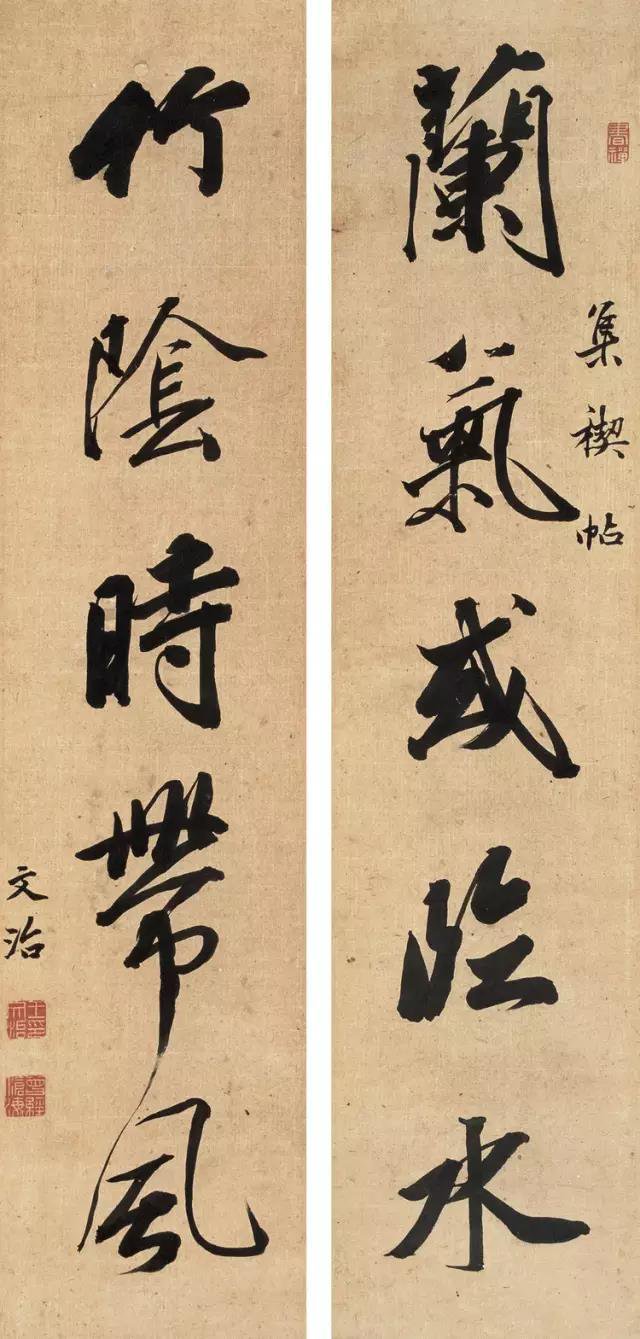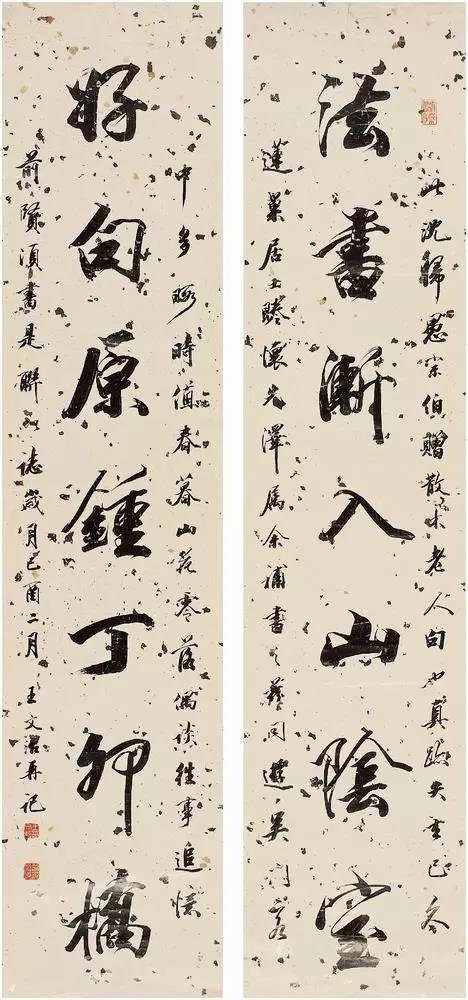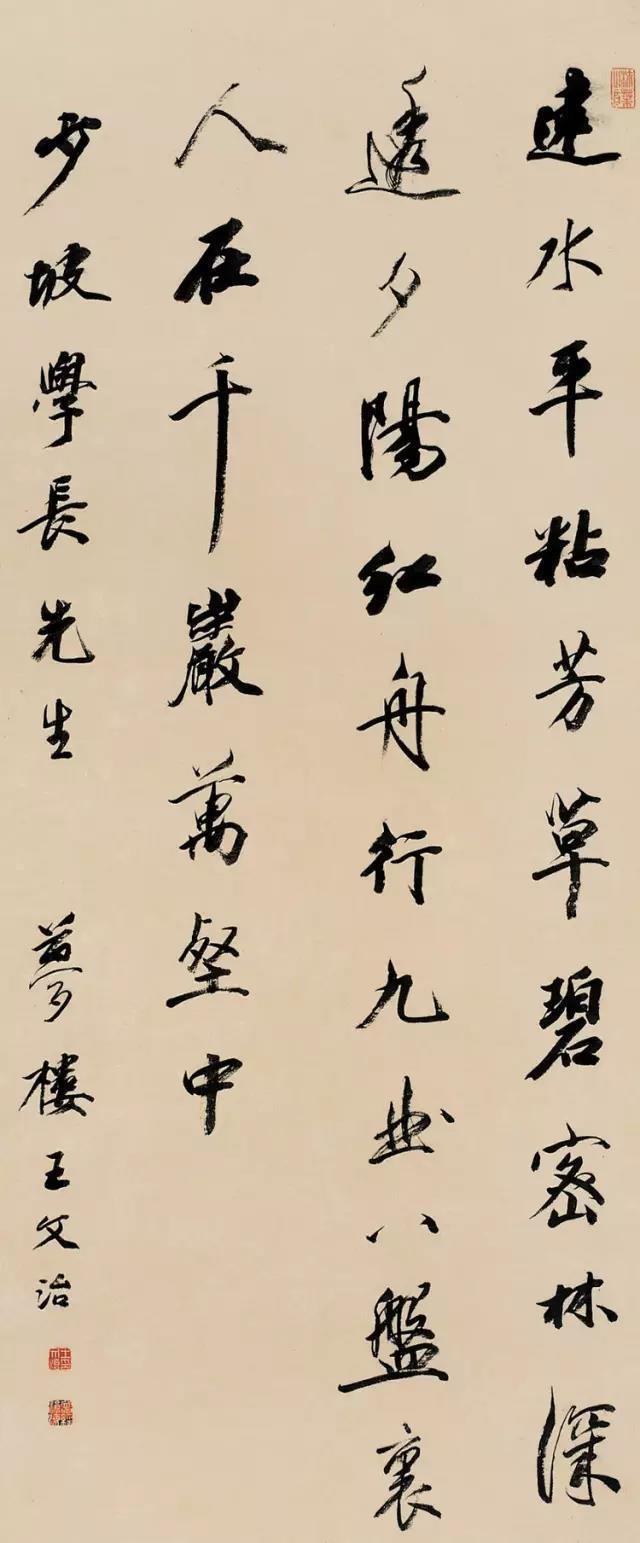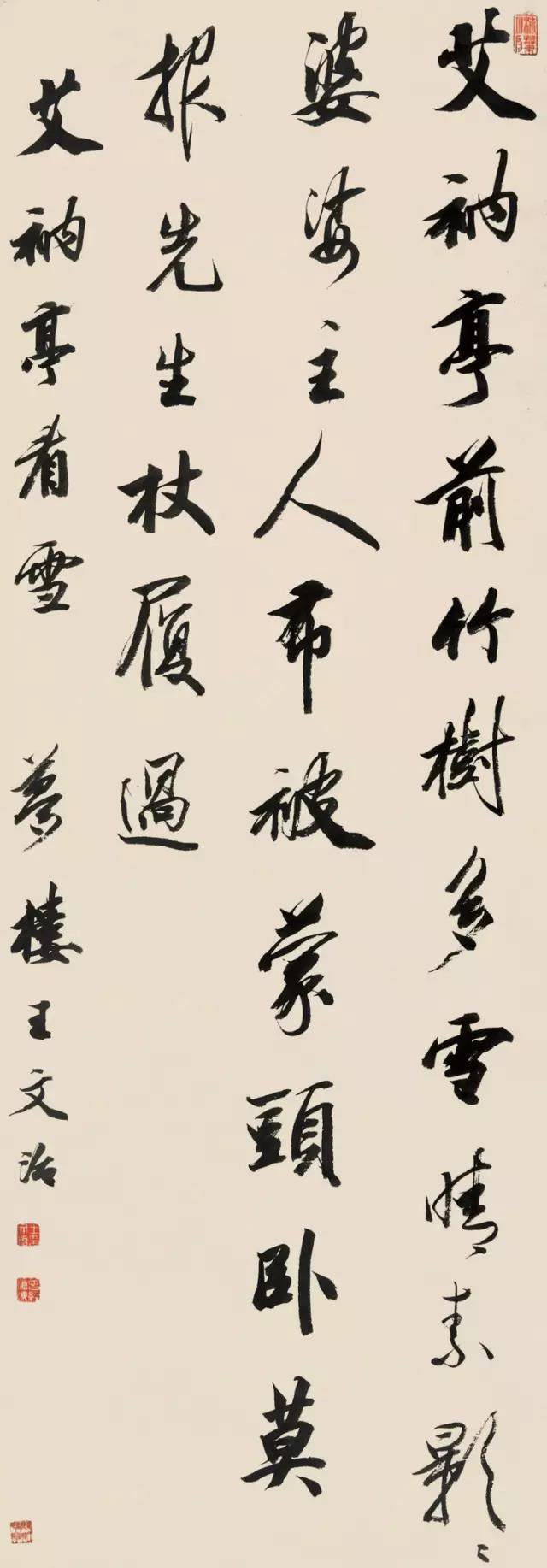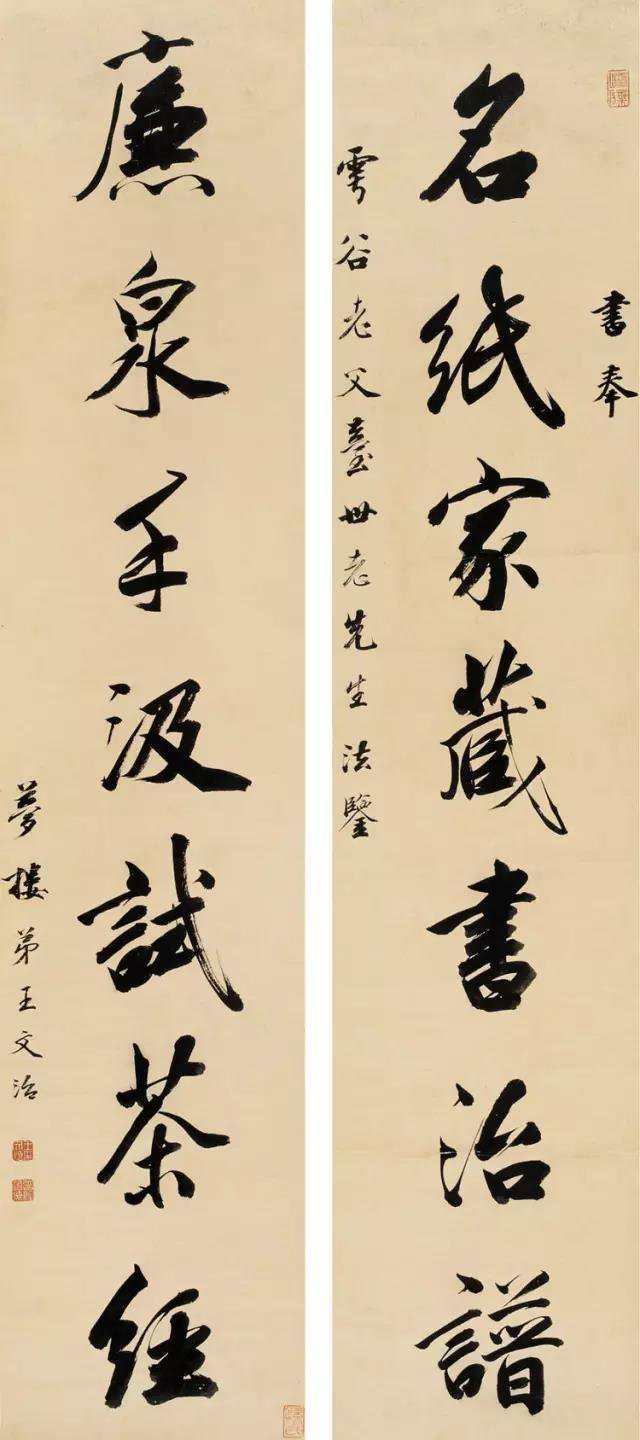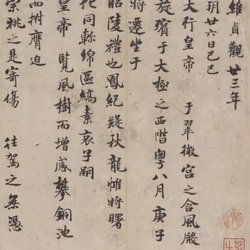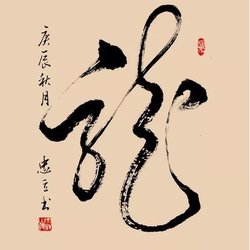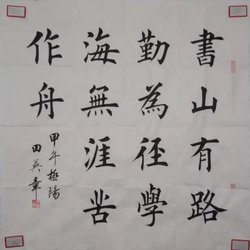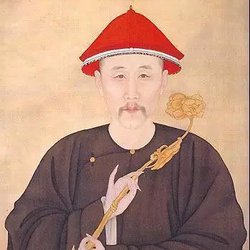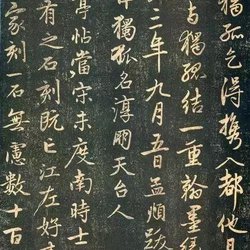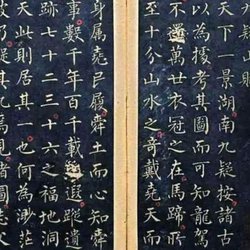Wang Wenzhi, 1730-1802, was a native of Jiangsu (now Zhenjiang). Calligrapher of the Qing Dynasty. The courtesy name is Yuqing and the name is Menglou. Qianlong Jinshi, the third person in the imperial examination. He studied at the Hanlin Academy. Out of 99, he slaughtered Lin'an Prefecture in Yunnan. Stop and return. At the age of twelve, he started reciting poems and writing books, and his poems were in the style of the Tang Dynasty. He is as famous as Liu Yong, Weng Fanggang and Liang Tongshu, collectively known as the Four Great Masters. The proverb is that "the three Liangs in the world (Liang Tongshu, Liang Guozhi and Liang Shizheng) are not as good as the one king in the south of the Yangtze River." His calligraphy can capture the essence of Dong Qichang, and he is as famous as Liang Tongshu. He likes to use light ink on weekdays to express the charm of elegance and elegance, which is sometimes called "light ink exploring flowers" and "talking about Hanlin ink". He is good at painting plum blossoms with outstanding charm. The poets of the Tang and Song Dynasties formed a family of their own. And refined the study of temperament. He is the author of "Menglou Poetry Collection", "Thirty Quatrains on Calligraphy", etc. There are many handwritten books handed down from ancient times. "Xuanzong of the Tang Dynasty Shu Wagtail Ode", written by Guichou (1793). Ink on paper. Running script. Two postscripts. There are 12 lines, a total of 132 words. 24.8cm vertical. Collection of the National Palace Museum, Taipei. Recorded in "The Third Collection of Shiqu Baoji". Wang Wenzhi's calligraphy is elegant, elegant and rigorous, giving people a fresh and bright feeling. It had a certain influence on the calligraphy circles of the Qing Dynasty. In his book "Essence of Calligraphy", Ding Wenjun believed that Wang Wenzhi was similar to Yao Nai, Liang Yu, Liang Tongshu and others at that time, and "all were good at elegance". It is quite appropriate to use this comment to look at Wang Wenzhi's running script inscription and postscript. Compatible.
A self-inscribed poem in calligraphy by King Wenzhi of the Qing Dynasty:
The arrival of good friends is like facing the moon; the ancient monuments are still visible in the eyes; the leisure time in this world is rare;
There are wonderful books that are better to read than flowers to look at. I don’t know the year when the spring breeze meets. The best friends in the world get closer with age.
Cultivating a harmonious group of people has been hard work; I worship the orchid and chant the pact of cherishing the virtuous; I chant the romantic wine and rejoice in this day;
Guan leads the spring breeze and the days are long. Xiuzhu happily appears in the long luxuriant forest. In the year when Lin Ting took over the contract.
The water in the mountains is calm and the sky is calm; the green bamboos do not touch the flowers and the rain is outside; the clear springs and white rocks are still and interesting;
Zhu Shaolan was in love for the first time. The red fish cuts through the sky in the water. The unique grammar and calligraphy are unique.
——Self-titled preface to Ji Lanting
Although the monuments are old, they are still visible; articles should not be followed by others; jade can be knocked clean with half a scale;
I don’t know the year when the spring breeze meets. There is no more morality than the original heart. There is a wisp of incense on the stove.
——Self-titled preface to Ji Lanting
There is no need to boast about the beauty of the sky; outside the Lin Pavilion, there is nothing going on;
Ji Gu can finally build his own family. There are many people among the mountains and rivers.
——Self-titled collection of ancient characters and sentences
